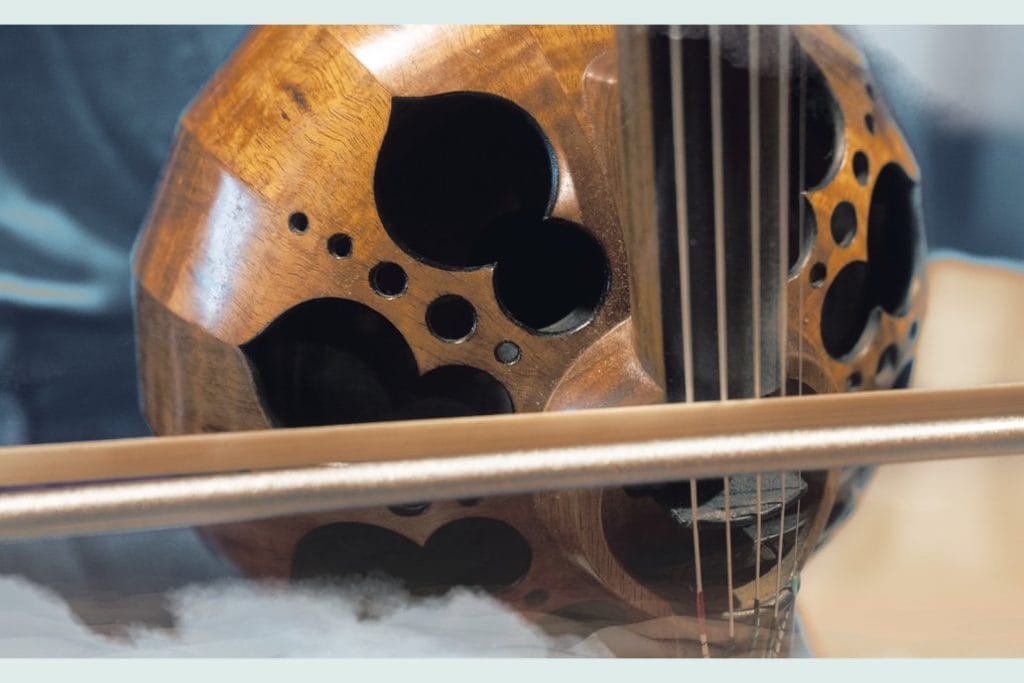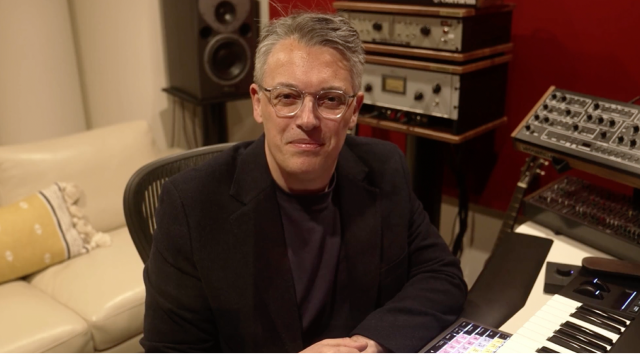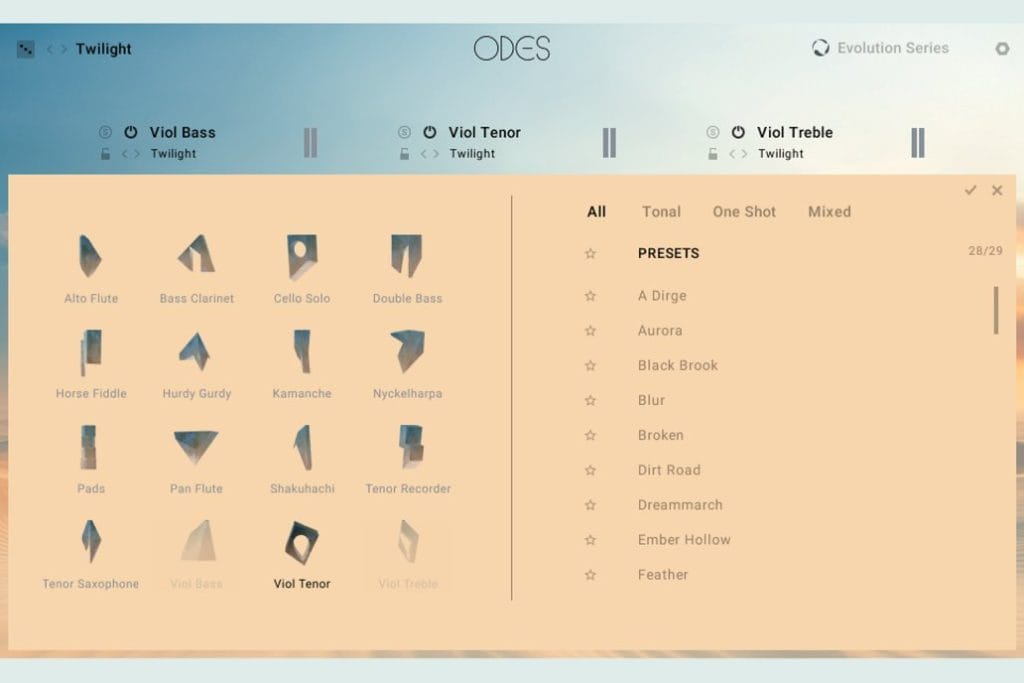Table of Contents
Native Instruments has introduced Native Instruments Odes, a rhythmic and cinematic instrument library that expands their Evolution Series alongside Lores and Fables. Odes is built to bring motion and energy into music scoring, combining global instruments, layered articulations, and tempo-driven textures to drive narrative momentum.
What Odes Brings to Music Creation
Odes empowers composers to build living, evolving soundscapes. It blends instruments from global traditions like the shakuhachi, nyckelharpa, and kamancheh with tonal sculpting tools that allow for expressive shaping. Users can layer up to three instruments simultaneously, each with as many as three articulations, letting them build complex textures that evolve naturally across a composition.
Where Lores focused on organic texture and Fables emphasized ensemble storytelling, Odes introduces rhythm as the central theme. Tempo-synced loops, expressive articulations, and dynamic modulation tools give composers the ability to inject pacing and movement into their work. This rhythmic foundation differentiates Odes within the broader Native Instruments catalog.
Design, Features, and Integration

Odes was designed to integrate seamlessly with Kontakt and the free Kontakt Player. It supports full Native Kontrol Standard compatibility for hardware control and responds to polyphonic aftertouch for expressive control over volume, pitch, panning, filters, and modulation.
Key features include tempo-synchronized loops and transitions, a layer editor for blending articulations, convolution reverb for spatial realism, mic mixing for atmosphere, and a clear interface that keeps the workflow quick. The full library download is approximately 57 GB, containing a single NKI instrument focused on rhythmic and textural motion.
The user experience builds on the foundation established by Lores and Fables, offering refined rhythm controls and intuitive design suited to both film and game composers as well as producers working on ambient or electronic material.
Positioning and Use Cases

As part of the Evolution Series, Native Instruments Odes continues the brand’s focus on global instrument sources and expressive sampling. It serves as the rhythmic chapter in a trilogy of tools that give composers flexible, evolving textures for storytelling through sound.
In practice, Odes fits comfortably into film scoring, game composition, ambient music, and hybrid sound design. The tempo-linked loops and layered articulations allow for sequences that evolve dynamically rather than remaining static. For composers working to align music with motion, the instrument’s structure makes it easier to connect timing, feel, and narrative emphasis.
Pricing, Offers, and Bundles
Native Instruments Odes is currently available for $149 USD as an introductory offer, discounted from the standard price of $199. The promotion runs through October 30, 2025. It is also included in a bundle with Lores and Fables for $399, offering the full Evolution Series suite at a reduced rate.
The pricing and bundle structure encourage composers who already use Lores or Fables to expand their setup and integrate rhythmic performance into their scoring workflow.
Why Native Instruments Odes Matters
Odes marks an evolution in Native Instruments’ approach to narrative composition. Its rhythmic design offers motion and drive without sacrificing the organic, expressive tone that defines the Evolution Series. Layered articulation options allow composers to evolve textures within a single scene or cue, shifting energy smoothly from subtle to intense.
By merging traditional instruments, performance realism, and dynamic rhythmic control, Native Instruments Odes provides a modern scoring tool that bridges the gap between static sound libraries and adaptive, performance-driven composition. It expands the creative toolkit for composers seeking to make rhythm part of their storytelling language.
The post Native Instruments Odes Brings Motion and Texture to Modern Scoring appeared first on Magnetic Magazine.






